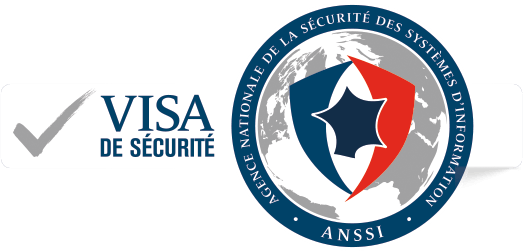C-sirt
From detection to remediation!

The SYNETIS CERT (Computer Emergency Response Team) supports you duringforensic investigations orcybersecurity incidents, from the detection phase through to remediation.
Security incident? Abnormal behavior on your information system?
CERT SYNETIS is available 24/7/365 on 02 30 21 31 04. An expert in incident response and forensic analysis will take charge of your request until your incident is resolved.
CERT SYNETIS specializes in managing and resolving cybersecurity incidents. Our expertise ensures a rapid and appropriate response.
CERT SYNETIS activities are not limited to incident response. The CERT team also offers :
- An annual subscription to prepare and anticipate incident response;
- Supervision and monitoring of your company's data leaks on the clearweb, deepweb and darkweb;
- Cyber Threat Intelligence monitored and adapted to your company and industry;
- Monthly monitoring of cyber news (press, vulnerabilities, tools, etc.) and analysis of specific threats.



Mail: cert@synetis.com
Telephone: 02 30 21 31 04
USER ID : CERT SYNETIS
KEY ID : 2F6F A110 FE30 7877
PGP key fingerprint: 8D8ACAAC20557C7C1FF518332F6FA110FE307877

Our activities
Experience / Availability / Responsiveness

C-sirt
In the event of an incident, forensic investigations are necessary to determine the chain of compromise.
Find out more about our post-incident support offer, and our CERT subscription, which enables you to anticipate the key stages of an intervention to increase its responsiveness and efficiency.
CTI / OSINT
To anticipate and prepare for a cyber attack, it's important to identify and analyze the threats to your business.
Find out more about our threat intelligence offer and our search and supervision offer for data relevant to your business, freely available on the clear web/deep web/dark web.





